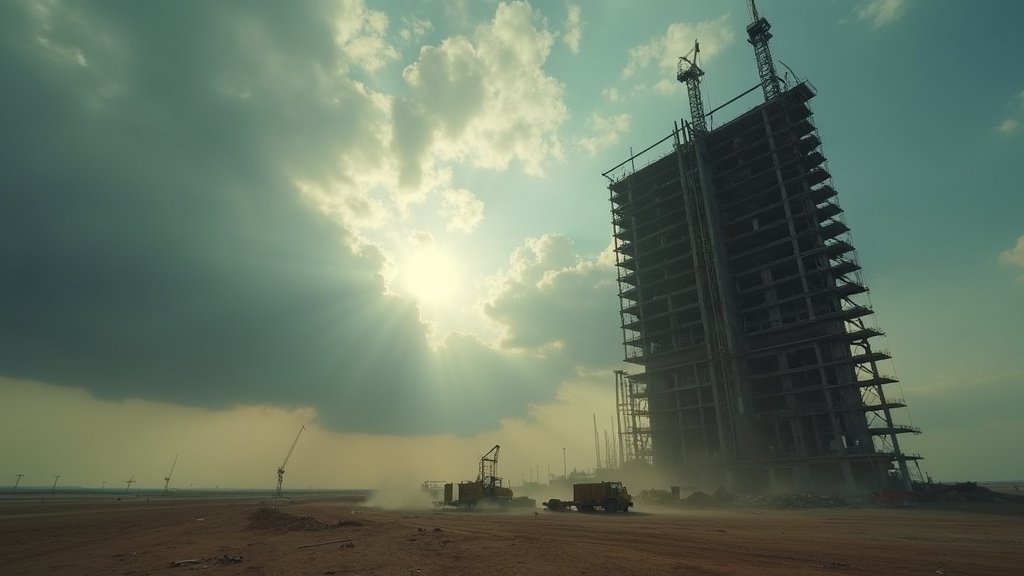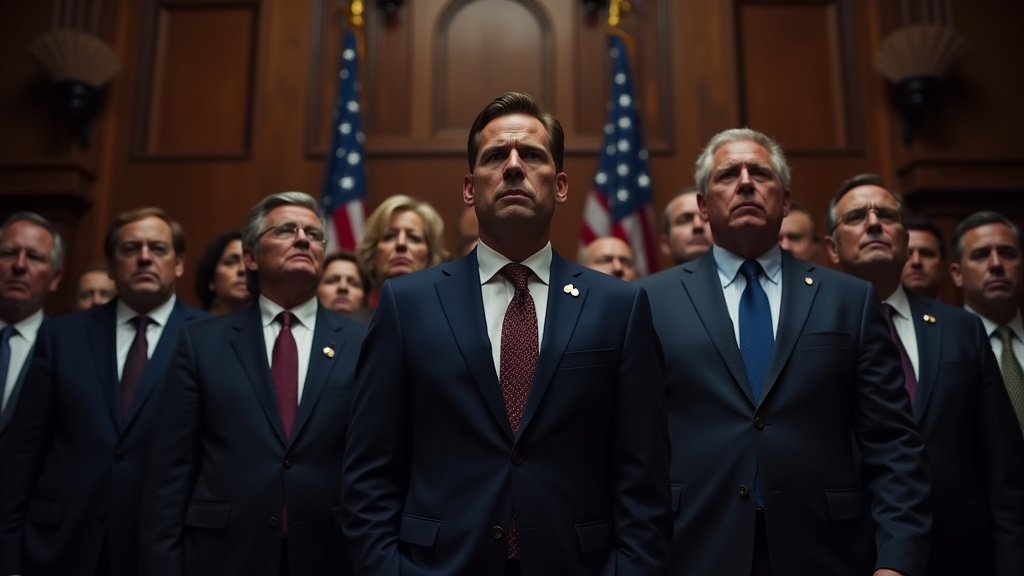A period of substantial state budget surpluses in Texas, which lawmakers have grown accustomed to, may be drawing to a close, according to recent analyses by budget experts. This potential shift is largely attributed to the depletion of temporary federal COVID-19 emergency funds and a stabilization in sales tax revenues, key drivers of the state’s recent fiscal good fortune.
While analysts emphasize this forecast does not signal an immediate fiscal crisis for the Lone Star State, it does suggest a future legislative environment with significantly less flexibility for funding new spending priorities or large-scale initiatives.
The Recent Boom and Its Use
Texas has experienced a remarkable streak of healthy budget surpluses in recent legislative cycles. In 2023, the state utilized an unprecedented $33 billion surplus. This considerable sum was allocated towards several major state initiatives, including an $18 billion property tax-cut package aimed at providing relief to homeowners, a significant $5 billion allocation to the Texas Energy Fund intended to bolster grid reliability, and various infrastructure projects across the state.
The legislative session that commenced in 2024 also began under favorable fiscal conditions, supported by a substantial $24 billion surplus. This allowed lawmakers to continue supporting priorities such as further tax cuts and necessary infrastructure upgrades, reflecting the state’s robust revenue performance in prior periods.
Signs of Slowdown Emerge
However, recent financial data points towards a potential cooling of this revenue growth. Fiscal year 2024 recorded a 4% revenue decline, a notable contraction that represents the steepest percentage drop since the Great Recession over a decade ago and the first year-over-year decrease observed since 2017. This downturn signals a departure from the rapid expansion seen in the immediate post-pandemic years.
The initial data for the current fiscal year also reinforces this trend of decelerating growth. The first nine months of fiscal year 2025 have shown revenue growth of only 2.56%. While still positive, this figure is significantly below the robust growth rates that characterized the state’s finances in recent years, underscoring a return to more moderate economic expansion.
Expert Perspective on the Fiscal Horizon
Experts monitoring Texas’s finances suggest that the confluence of factors, particularly the fading impact of temporary federal stimulus and a normalization of consumer spending patterns reflected in sales tax receipts, indicates a turning point. Bill King, a fellow at Rice University’s Baker Institute of Public Policy, a respected think tank, offered a clear assessment of the changing landscape.
King stated unequivocally that, in his view, “the days of big surpluses are likely over.” This sentiment is shared by many who analyze the state’s fiscal trajectory, anticipating a necessary recalibration of spending expectations and legislative ambitions in Austin.
Implications for Future Governance
The conclusion of the era of exceptionally large surpluses doesn’t spell immediate fiscal hardship for Texas, which maintains a healthy overall financial position. However, it fundamentally alters the context for future legislative sessions. Lawmakers will likely need to make more difficult choices regarding competing spending demands and may have reduced capacity to fund large, one-time initiatives or introduce significant new programs without offsetting budget cuts elsewhere.
The flexibility that characterized the allocation of billions of dollars in recent years – funding substantial tax relief packages and major infrastructure investments from surplus funds – will likely diminish. Future budgetary discussions may focus more intently on managing existing resources efficiently and prioritizing essential services over expansive new expenditures.
Conclusion
The Texas state budget is entering a new phase, moving away from the extraordinary surpluses of the recent past towards a potentially tighter fiscal environment. While not a crisis, the stabilization of revenue growth and the absence of temporary federal windfalls mean that the state’s financial picture is normalizing. This shift will test the fiscal discipline of lawmakers and necessitate careful consideration of spending priorities as they navigate a future with reduced financial flexibility compared to the boom years they have become accustomed to.






